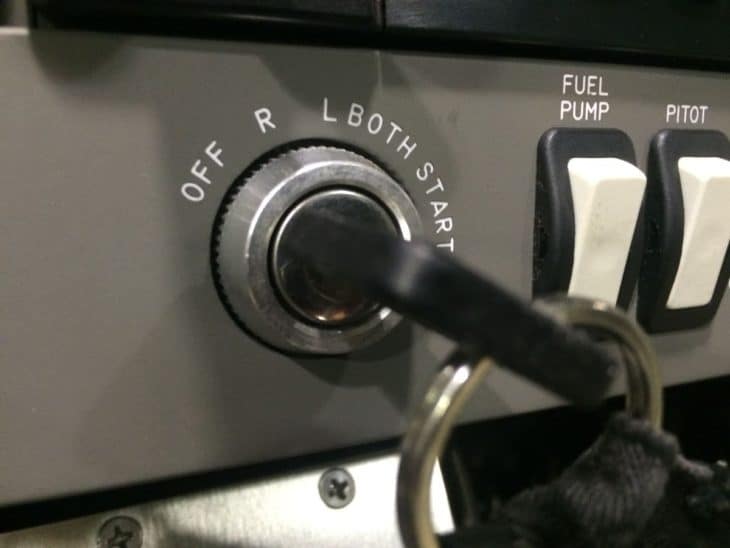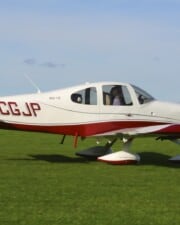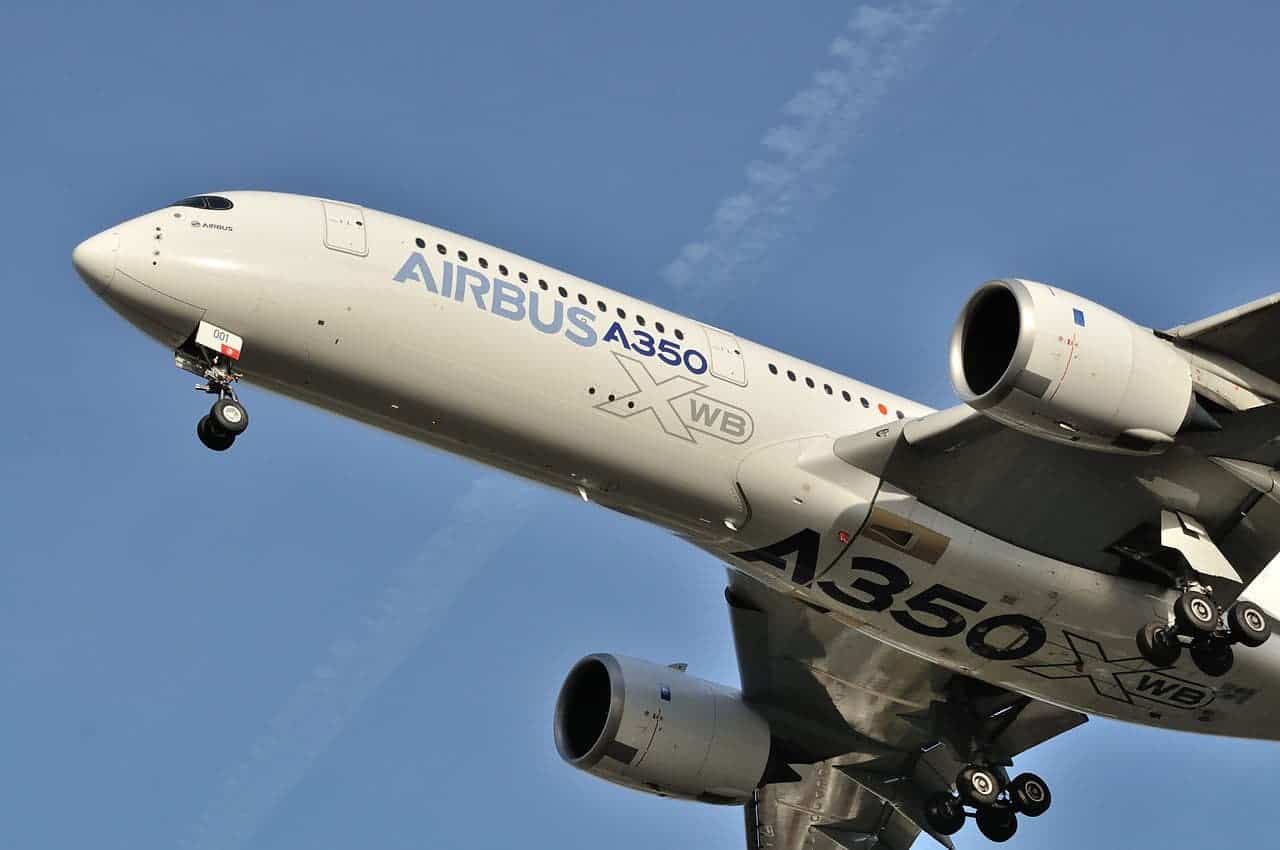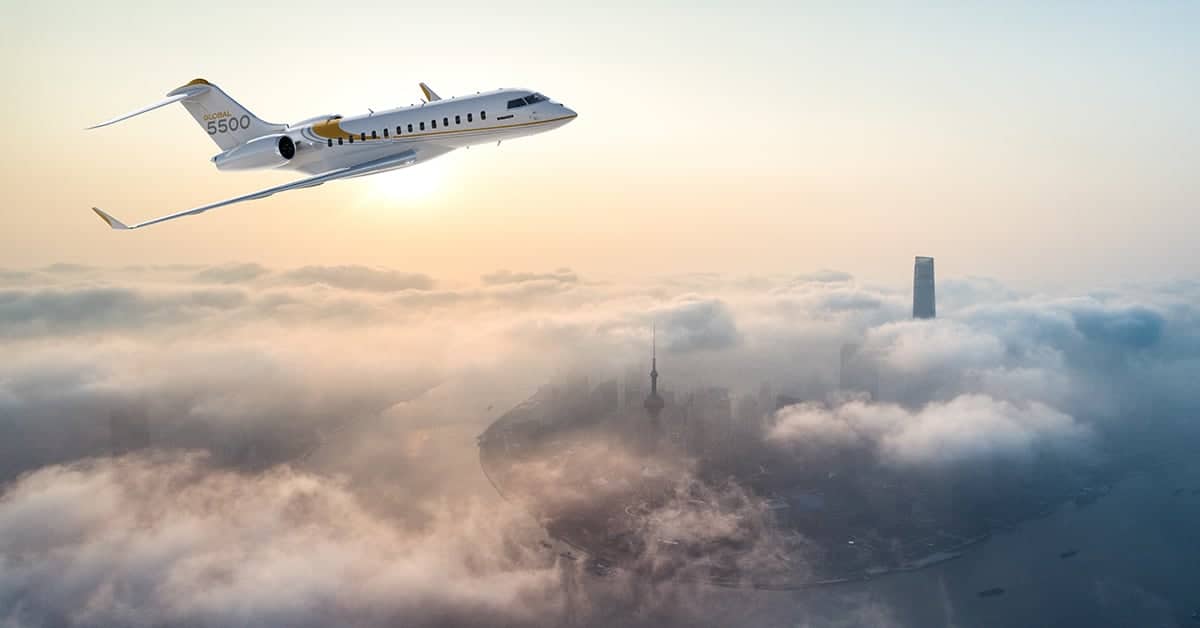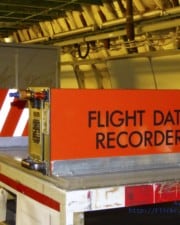It’s a common question and a natural one to ask: do airplanes have keys? After all, cars need keys to start the ignition, so why not planes? Can you just walk up to any airplane, step into the cockpit, turn the ignition and take off? Interestingly enough, the answer to that question is, it depends on the aircraft.
So, Do Airplanes Have Keys?
Some smaller aircraft, including the Cessna, have ignition keys that are needed to start the engine, while many larger planes do not use keys. As a general rule, larger commercial planes typically do not have keys. Instead, you simply sit down in the pilot’s chair, switch on a few buttons, and you’re ready to fly.
Do Airplanes Need Ignition Keys?
When you think about it, large commercial airplanes really don’t need keys for the ignition. This is because most of them are placed in a locked hangar at night or have constant surveillance to make sure they are safe.
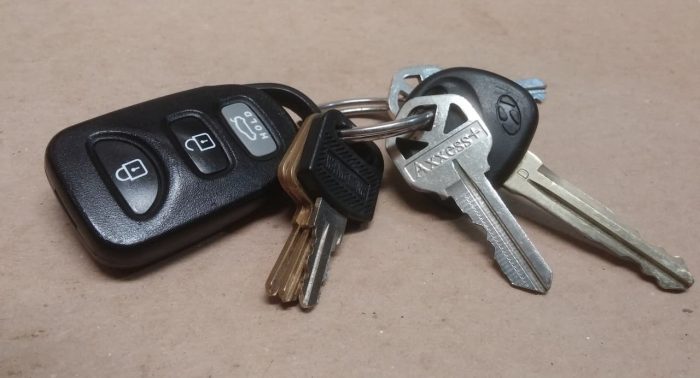
This isn’t to say that people haven’t occasionally figured out how to steal an airplane; it just means that it doesn’t happen often enough for the planes to require keys.
Smaller planes, such as Cessna or Piper airplanes, are not always left in a secure place at night, which is why they usually have ignition keys that can be removed when they’re not in use.
In fact, these types of planes are often left alone for weeks at a time, which is why they need a key in the first place.
In lighter, smaller planes, there are usually five different positions:
- Off
- MAG 1
- MAG 2
- Both
- Start
When you insert the key, you insert it at the “off” position, then turn it all the way to the “start” position and hold it for a while until the engine catches.
Once this happens, you release it back to the “both” setting. MAG 1 and MAG 2 – which are sometimes called Left and Right – are positions used when you wish to make sure both of your magnetos are working.
In many cases, you use the same key to start the engine as you do in the door of the plane. Indeed, many small planes have only one door that is unlockable from the outside of the plane.
This is because with these planes, you lock all of the other doors from the inside then climb out before making sure the last door is locked.

Of course, with larger airplanes these are moot points because you use a series of toggles and switches to start the plane and fly it. There is simply no need to have ignition keys.
If Not Keys, Then How Do Aircraft Start?
So, if keys are not needed to start the engine of a large airplane, how do these planes start? The answer depends on the type of engine and a few other things. Basically, there are several types of airplane engines, including:
- Piston engines
- Gas turbine engines
- Pulse jet starting engines
Piston engines have propellers that you can start by turning them by hand. You’ve probably seen this in many of the older war movies that have been made.
All you do is spin the propeller until the engine starts, and once it does, it is good to go for a long time. There are other types of piston engines as well, including:
- Coffman starter: an expensive system which began being used in the mid-1930s
- Electric starter: started around 1930 and powered by a battery and a small wind-driven generator
- Hucks starter: mostly used for starting period aircraft, it uses a clutch-driven shaft to turn the propeller, which is disengaged once the engine starts
- Inertia starter: uses a flywheel to transfer kinetic energy to the crankshaft
- In-flight starting: utilizes the electric starter motor designed for this purpose
- Pneumatic starter: not used much thanks to the invention of electric starters
- Pull cord: used in self-sustaining motor gliders and similar planes
Gas turbine engines are usually in many of the larger jets in use today, and there are several types, including:
- Air starter: uses compressor spools that use compressed air to rotate the compressor blades
- Combustion starters: include AVPIN, cartridge, fuel/air turbine (APU), internal combustion engine, and in-flight starters
- Electric starters: either the direct-cranking or starter-generator types are used
- Hydraulic starter: used mostly for turboshaft engines in helicopters and in cruise missile turbojets
Last, there are pulse-jet starting engines, which are uncommon, but have been used in planes such as the Argus As 014, which was used to power both the Fieseler Fi 103R Reichenberg and the V-1 flying bomb. These engines use three air nozzles that are connected to a high-power air source.
They also use butane from an external supply and a spark plug behind the shutter system to start the engine. They supplied electricity to the plug via a portable starting unit.
Because there are so many ways to start an airplane engine, there is no need for ignition keys for most large jet airplanes, which means the smaller planes are now the only ones using a key to start and fly the plane.
Related Posts
